Moths and Bats
A successful evening was had on the reserve with 51 adults and children. Robin Dalton Countryside Manager gave an excellent introduction to bats for the youngsters. I am sure I speak for many in Thanking Robin for so unassumingly giving his time into the small hours and helping with the prep work in conjunction with CBWG in making the event a well attended an interesting evening and Calderdale are fortunate in having such a committed Ranger on the Team . Thanks also goes to local naturalist Andy Cockroft whose expertise is much valued and appreciated . and CBWG who together with FEET (Freshwater Environment ecology Trust ) are the main stakeholder groups furthering various aims and conservation of the reserve
Mothing
Weather Dry 14 o C 70 % Humidity Dry 30th August 2014 10:00am - 1:15 am Newt Corner
Mothing began early however one of the main problems with running traps is the main waves of Moths come in from about 10.00 pm onward and therefore dont lend well to open events due the lateness of such events
It is hoped that future event might involve morning sessions where the nights catch may be reviewed and also more hands on engagement for youngsters via Wine Roping and Sugaring !!
Here are some of the finds that followed throughout the evening . Some early visitors to the trap included a Birch Shieldbug and a number of Caddis flies associated with the nearby water , these can be identified with difficulty but are often easier done from the ornate stone larval cocoons made from fine stone and grit. By far the commonest moth of the evening was the Large Yellow Underwing which arrived in numbers 12 early in the evening . An aproxmate total of 25 species where recorded
It is hoped that future event might involve morning sessions where the nights catch may be reviewed and also more hands on engagement for youngsters via Wine Roping and Sugaring !!
Here are some of the finds that followed throughout the evening . Some early visitors to the trap included a Birch Shieldbug and a number of Caddis flies associated with the nearby water , these can be identified with difficulty but are often easier done from the ornate stone larval cocoons made from fine stone and grit. By far the commonest moth of the evening was the Large Yellow Underwing which arrived in numbers 12 early in the evening . An aproxmate total of 25 species where recorded
Various Questions Presented
What is the difference between Moths and Butterflies
What Do they Eat
How do They Navigate
What Kind of Trap is it
IMAGES TO BE UPLOADED SUBSEQUENTLY
Species Accounts Link to UK Moths for more information
Orange Sallow
It prefers damp woodland and marshy areas, and the larvae feed on sallow (Salix) and aspen (Populus tremula).
A common species in most of Britain, occupying damp woodland, heathland and marshy places. It is quite variable, with the relatively frequent ab. flavescens having the darker markings almost absent.
Bat Links
Common Pipestrelle ( Pipistrellis pipistrellis )
Daubenton's Bat (Myotis daubentonii). For Details of Local Membership of CB FEET and its benefits please email

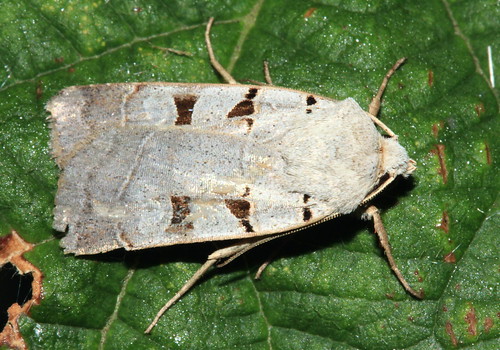

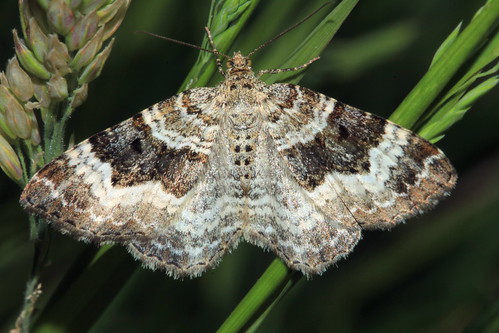
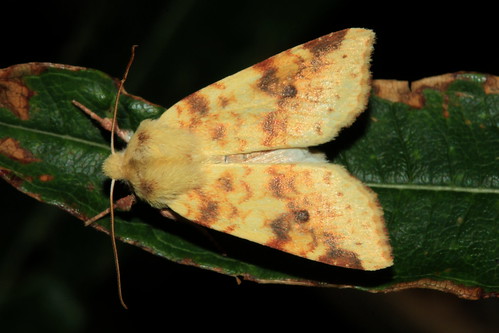
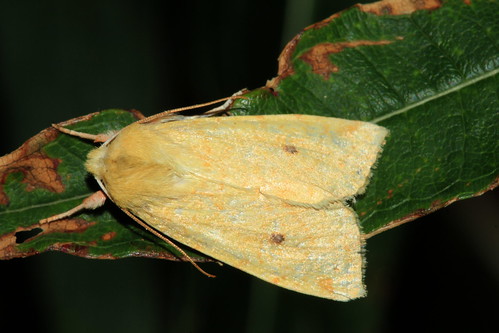
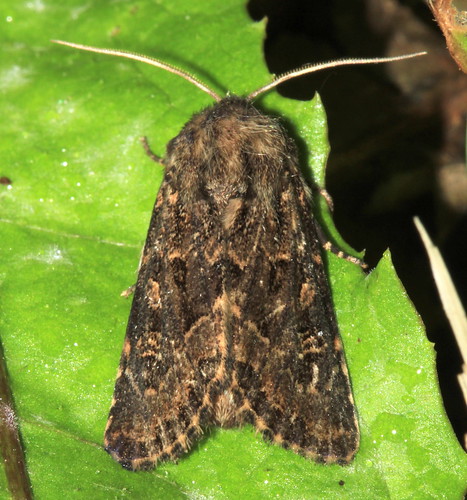
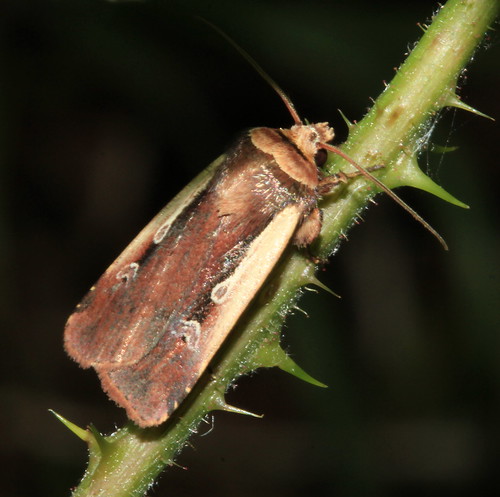
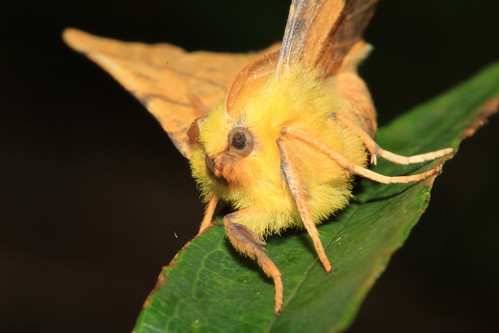

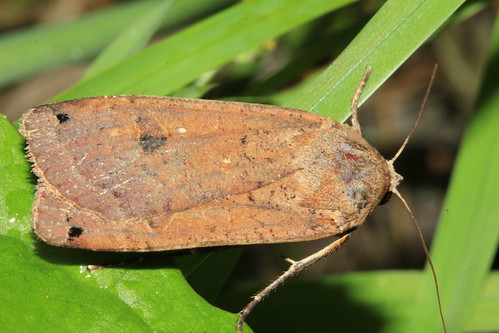
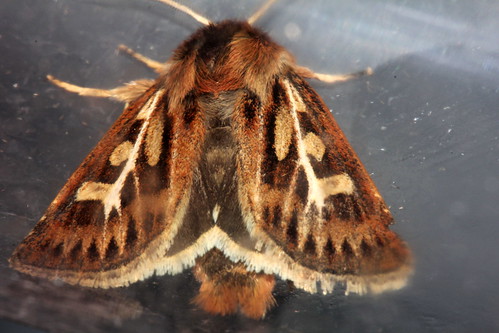
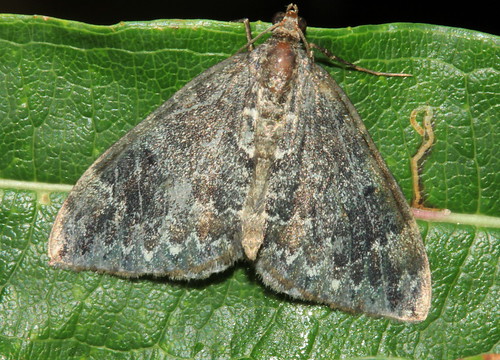
No comments :
Post a Comment